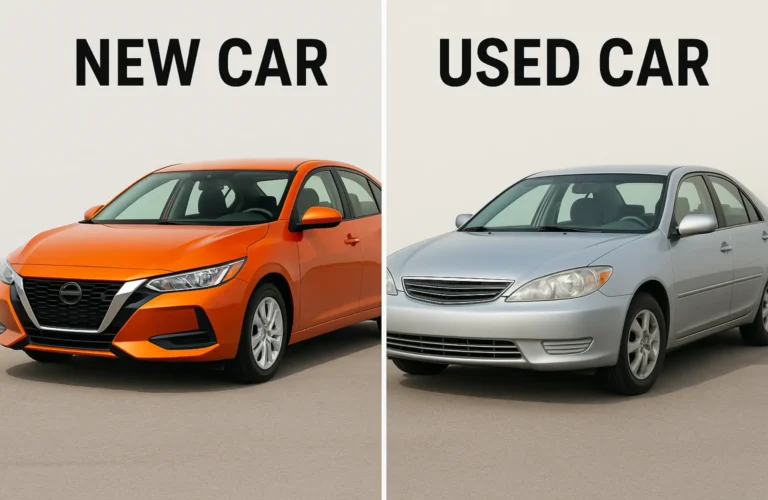The Golden Rules of Buying a New Car
Before you walk into a showroom, a solid financial plan is non-negotiable. The goal is to ensure your car purchase is sustainable and doesn’t compromise your long-term financial health from applying factors like EMI. These rules are designed to help you find an affordable car that fits comfortably into your budget.
- The 50% Rule: A widely accepted financial principle suggests that the total cost of your car, including taxes and registration, should not exceed 50% of your annual income. This prevents you from being “car-poor” and ensures you have enough income left over for other life goals.
- The Down Payment is Key: Aim for a down payment of at least 20% to 30% of the car’s total value. A larger down payment reduces your loan amount, which in turn lowers your monthly car emi and the total interest paid over the life of the loan.
- Short-Term Loans are Better: While a longer loan tenure (6 or 7 years) may give you a smaller monthly payment, it also means you pay significantly more in interest. Financial experts often recommend keeping your loan tenure to a maximum of 5 years to save thousands of units of currency in the long run.
Beyond the EMI: Understanding the Real Cost of Ownership
Focusing solely on the monthly car emi can be a big mistake. The actual cost of car ownership extends far beyond the loan payment. Failing to account for these hidden costs can lead to financial strain, even if you found a good deal on a cheap cars for sale.
- Fuel Expenses: This is a major ongoing cost. Be realistic about your daily commute and weekend travel, and choose a vehicle with good fuel efficiency or consider a hybrid or electric vehicle if it fits your budget
- Maintenance and Servicing: All cars require regular servicing to run smoothly. These costs can be substantial, especially for luxury or imported brands. Look at the service schedule and typical costs for the models you’re considering.
- Insurance and Repairs: Insurance premiums are an annual expense that can vary widely based on the car’s model, your driving history, and other factors. Similarly, unforeseen repairs can be a major expense, so having a financial buffer is always a good idea.

The Smart Alternative: Exploring Used and Affordable Cars
For those with a tighter budget, brand new cars are not the only option. In fact, exploring the used car market can be a financially sound decision. Affordable used cars offer great value, as the initial depreciation hit has already been absorbed by the first owner. You can often get a higher-spec model of a slightly older car for the price of a base-model new one.
For instance, instead of buying a base model new car, you might find a higher-end cheap used cars with more features, or perhaps even an affordable used car with low mileage. Models like the cheapest suv or the cheapest ev can also be considered, as their lower running costs can offset their initial purchase price over time. Remember to do a thorough inspection and get a good pre-purchase check to ensure you’re getting a reliable vehicle.
A Secret to Stress-Free Car Ownership
The real secret to stress-free car ownership isn’t about finding the cheapest tesla or any other specific model. It’s about empowering yourself with financial knowledge. By meticulously planning your budget, understanding the total cost of ownership, and exploring all your options—including the thriving market for cheap cars and affordable used cars—you can find a vehicle that not only meets your needs but also fits comfortably within your financial means.


